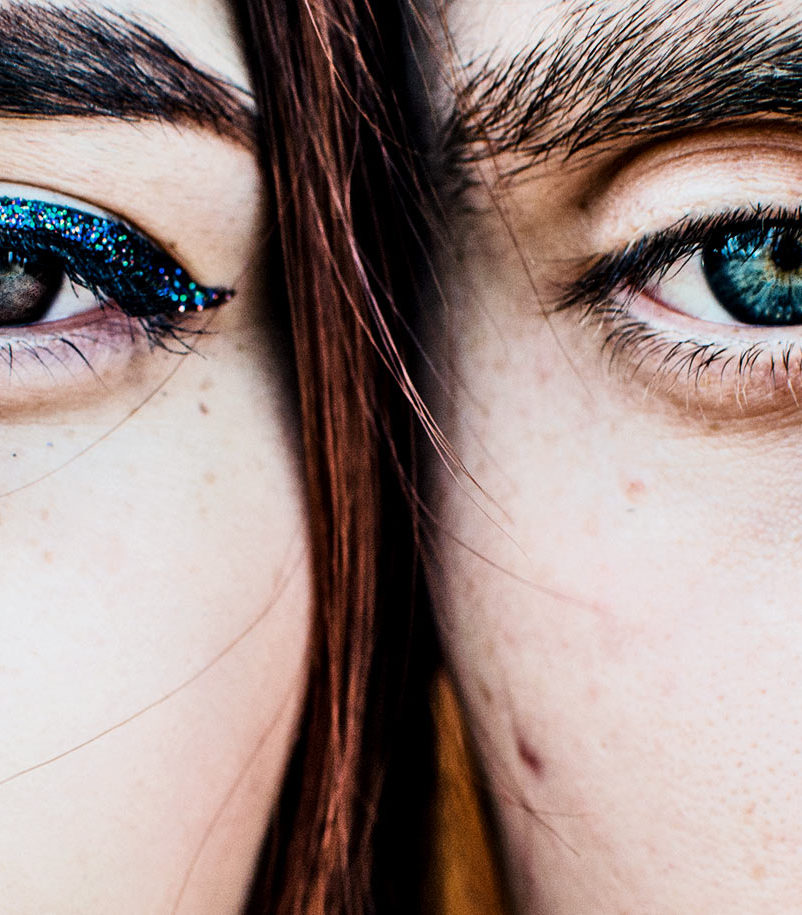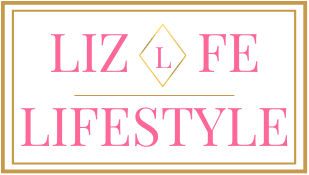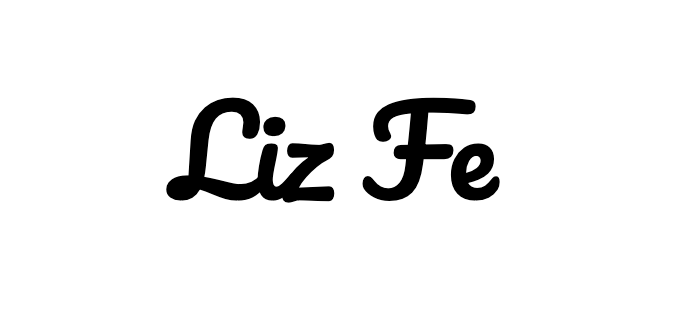
What The Male Gaze Is
The male gaze is defined as the sexual politics behind the manner in which men look at women and suggests that men look at women to sexually objectify them. It is also the idea that women are visually positioned to be the object of heterosexual male desire. To understand the female gaze and how it differs from the male gaze, you must understand the latter.
How It Is Used
The term was first used by film theorist Laura Mulvey in 1973 when she wrote an essay titled Visual Pleasure and Narrative Cinema. At the basis of the theory women are valued by their attractiveness to heterosexual men, mostly in cinema. In a majority of movies women are deemed only as important as men decide they are based on their physical appearance. There are three facets to the male gaze. The gaze of the man behind the camera, the male characters in the film, and the gaze of the audience. Since these are the only three concerns of this position, women are often shown on screen as just body parts when the audience is first introduced to them. The first the audience sees of women is their feet as the camera slowly travels up, exposing their bodies to be examined. It is here that the male gaze is easily recognized because women are being presented as just body parts for heterosexual men to enjoy, even when they might be speaking. The actress on which the male gaze is focused is always lit for beauty, meaning the lighting in the film is only meant to draw attention to her physical beauty and shows nothing else. She is oversexualized, has no emotional depth while her feelings, thoughts, and sexual desires are made out to be less important than the male gaze on her. The actress or the character she is portraying can be oversexualized in her clothing, which more often than not is a tight, revealing outfit she is meant to fight in. This gaze is only meant to put women on a pedestal or a combination of punishment and investigation into her appearance. For example, women who are deemed unattractive to heterosexual male characters are often filmed in bad lighting and their bodies are not as focused on because it has been decided her looks are not worth their gaze.
Can She Fight In That?
The male gaze is so normalized that some movies directed by women with women as the main focus, still utilize it. The camera angles and lighting are used to the same end because that’s how women have been portrayed for so long, society has begun to think it is simply how women are filmed. Even women who are meant to be powerful and not at the mercy of the men in the film are subjected to the male gaze. A perfect example is Gal Gadot’s Wonder Woman, who saves the world in a short skirt, tube top style armor, and high heeled boots directed by Patty Jenkins. In her own films and her appearances in DC’s Justice League, she is filmed so the audience can look up her skirt or constantly be exposed to parts of her body. Women who analyze cinema or are tiring of the male gaze being so prominent, began to wonder if the female gaze exists.
How The Female Gaze Works
At first, these women were curious if the female gaze could be viewing and filming men the same way, but that would just be the male gaze used by someone else. The female gaze began to evolve into using the frame to share and evoke a feeling rather than pleasure being the only purpose. The female gaze is meant to make women feel powerful and their love scenes are meant to be about female pleasure or emotions. Love scenes with the male gaze pays more attention to women’s naked bodies and the man’s pleasure or reaction to her. The body isn’t displayed as much either. The first season of the popular Netflix show Bridgerton focuses on a young woman named Daphne in 19th century London who marries a Duke and experiences a new range of romantic emotions. When Daphne looks at her husband, she watches him for intimate details like how he eats or how his face shows his emotions. Their love scenes sometimes feature Daphne partially or even fully clothed while the camera is focused on her face, further showing that female gaze in this case is about discovering her emotions and not either one of their bodies.
“Female desire personifies men and male desire objectifies women.”
-The Take Youtube Channel
The female gaze was difficult to identify because most directors are men. It is male dominated industry, but women are directing more and more. Women made up 23% of workers on the top 250 movies of 2020. They were writers, directors, producers, executive producers, editors, and cinematographers. According to Variety.com, women represented 16% of directors of the top 100 movies of 2020. Up until recently, the male gaze was the only lens in which movies could be filmed and viewed since people are more likely to create from their point of view. Since women are now filming from their own point of view, we are seeing more than what heterosexual women deem worthy in relation to their bodies.
“Even though the industry made strides, the majority of films (67%) employed between zero women to four women in top behind-the-scenes roles…more than 70% of the top films employed 10 or more men as directors, writers, and other top positions.”
-Brent Lang, The Variety
This good news is overshadowed by the fact that men still direct a majority of what the world sees and are nominated for the majority of directing awards. Only two women have ever won the Oscar for Best Director. The first is Kathryn Bigelow and the second is Chloe Zhao, who is the also the first woman of color to win the award. The female gaze will become as normalized as the male when more woman then men direct top films, exposing audiences to women’s point of view and their gaze.



